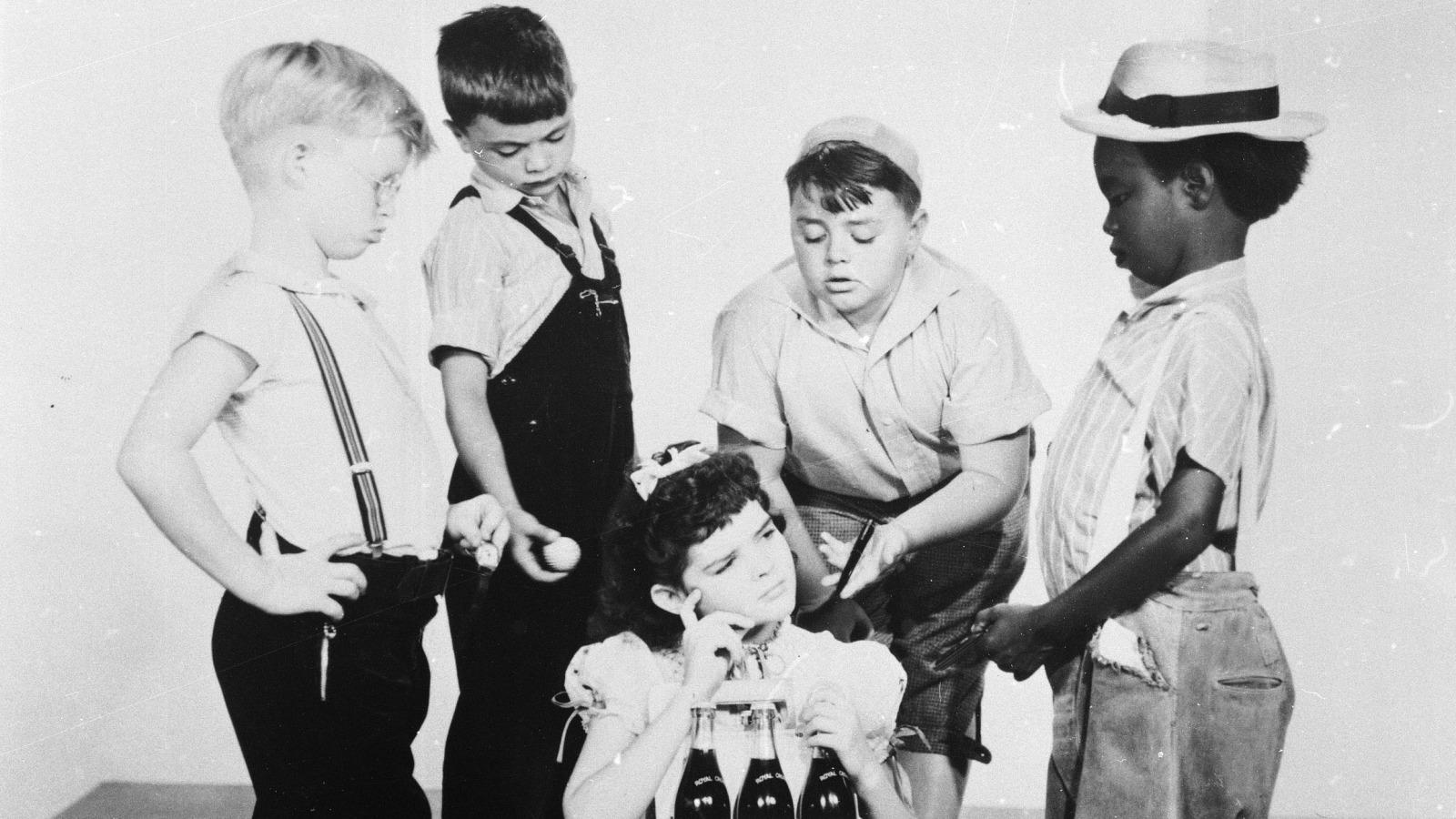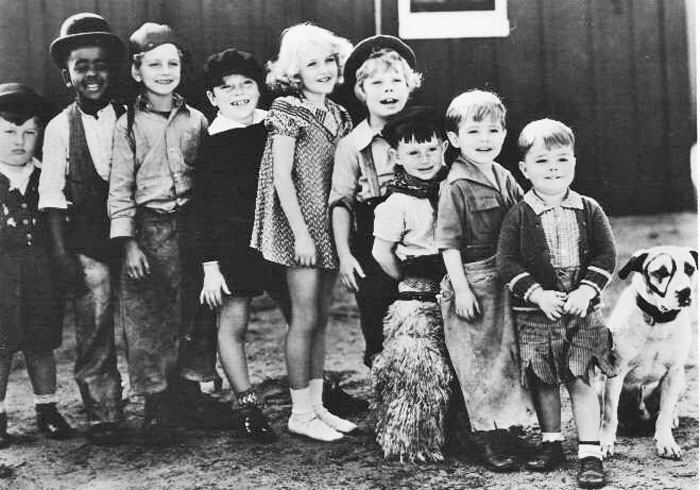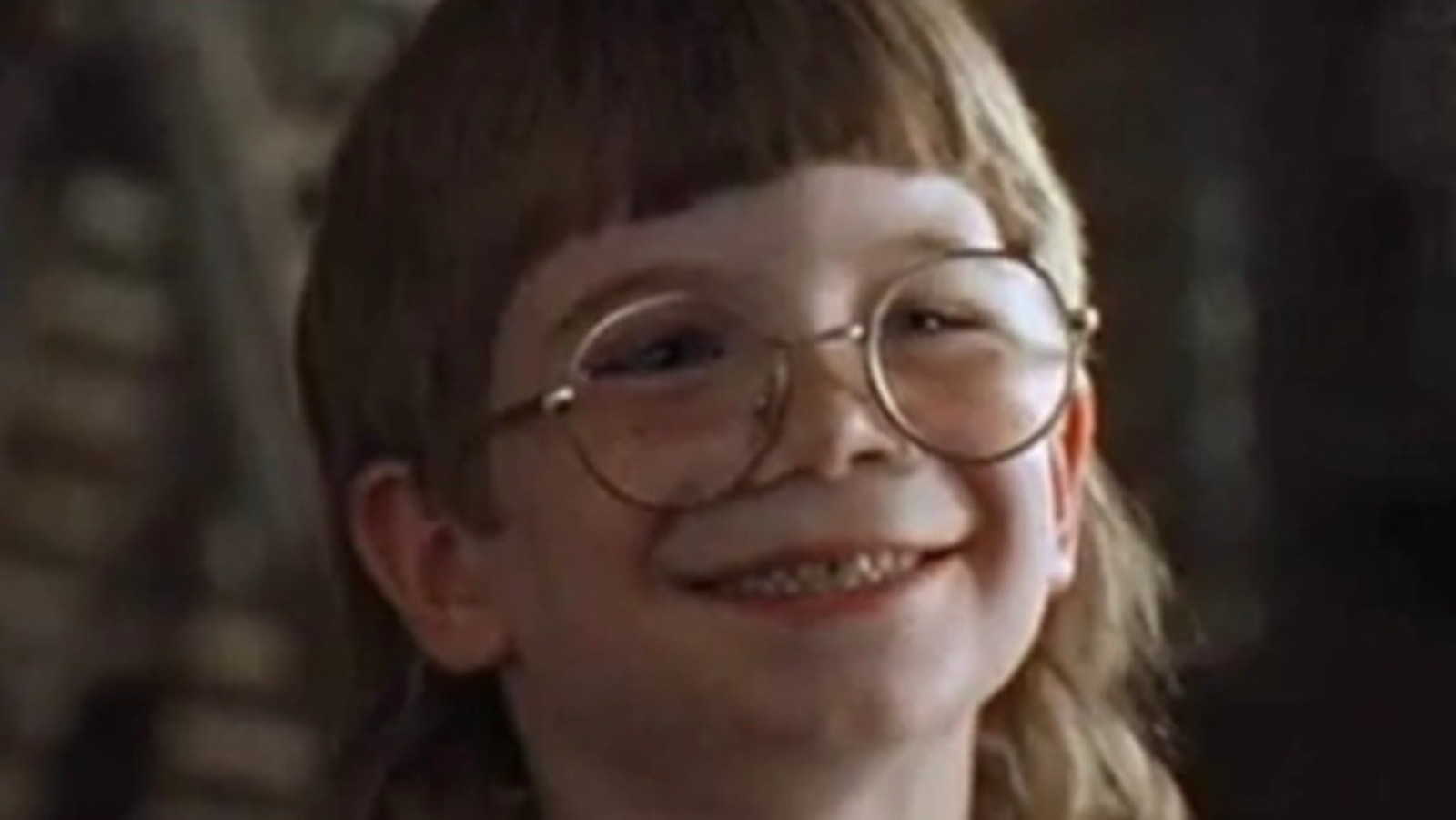

- #Cast of original little rascals movie
- #Cast of original little rascals series
- #Cast of original little rascals tv
Was he friends with the other kids in the cast? Or were they simply performing a fantasy of integration on screen that ended the minute the cameras stopped rolling? As an adult, Stymie derided the series’ racist caricatures: “It was mammy this and mammy that in those days.” I had wondered what it was like for him as a child on the set. Years later, when I tried to understand what Little Rascals meant, I read a biography of the cast. Director Bob McGowan used to joke, “Well, boy, this kid’s beautiful, but he stymies me all the time.” On screen, Stymie was smart and resourceful, a heroic underdog able to outwit even adults. Stymie got his nickname (which he used the rest of his life) from his habit of getting underfoot on the set. One of my favorite Rascals was Matthew Beard, who played Stymie, a wisecracking black kid in a natty vest and a bowler hat, reportedly a gift from comedian Stan Laurel. They were a miniature melting pot, a slapstick version of democracy itself. The kids squabbled, sure, but they were also friends. Still, Our Gang was curiously ahead of its time in its celebration of diversity. Buckwheat, their 1930s successor, was best known for his incoherent speech and wild hair. Sunshine Sammy and Farina, Our Gang’s two original black members, were often depicted as comic “pickaninnies,” falling into barrels of flour and eating watermelon. Critics are still debating whether the show reinforced the racial stereotyping of the time or whether it actually challenged the status quo in the guise of something familiar.

Our Gang was a child-like, idealized vision of America, one that offered an alternative to the racial strife going on outside the theater. With Woodrow Wilson as president and the return of soldiers from World War I, the years before 1921 had seen dozens of deadly attacks on blacks in American cities along with a resurgent Klu Klux Klan in rural areas. It was the age of Jim Crow, a term that originated in a 19th-century caricatured minstrel song and was soon applied to racial segregation laws that lasted through the 1960s. The success of Little Rascals was all the more surprising considering the racial climate of the time. Over the next 23 years, 220 films were produced. The films, which were originally shown in theaters nationwide and syndicated to television decades later, were an immediate hit-kids and adults loved the slapstick gags and the fiction of a kiddie society uniting to confound authority. The Little Rascals, originally known as Our Gang, was created by Hal Roach in 1921. By watching The Little Rascals, I was introduced to a powerful fantasy of America as racial utopia: Here was a group of kids of vastly different backgrounds who somehow managed to get along.
#Cast of original little rascals series
I had no idea the series had been filmed 50 years earlier, that most of the stars were dead, and that it was once unusual for black and white kids to play together. My parents were Korean immigrants who had moved to the city in the 1970s, the first in a wave of Korean immigrants who would transform the city’s racial makeup.
#Cast of original little rascals tv
appreciates in his foreword, Lee (a childhood fan herself) never forgets that.When I was a kid, I used to watch episodes of The Little Rascals on TV in our living room in Los Angeles. But for kids, fun was always high on the agenda. (Cluck Cluck Klams was the kids’ club.) Down the decades, the series continued to fuel, and flout, fantasies and anxieties as Americans wrestled with integration, multiculturalism, and post-racial hopes. Our Gang, born and bred in the Jim Crow era, played to pickaninny stereotypes, and also parodied the KKK. A professor at the University of Nevada at Las Vegas, she relishes the deeply mixed messages embedded in, and extracted from, the films’ vision of racially integrated childhood.
#Cast of original little rascals movie
Re-edited versions and movie remakes followed.Īll along, the African American stars were making bigger mischief, too, as Julia Lee reveals in her agile and insightful cultural history.

In the 1950s, the films were repackaged for TV.

Winning over audiences of all colors and ages, they made the transition to talkies. How about a firecracker in a birthday cake?Ī succession of young actors took it from there. Bob McGowan, the avuncular director, made sure the crew never ran out of hijinks. Chubby and scrawny, bossy and sweet, black and white: The producer, Hal Roach, saw to it that his posse of children was motley. The little rascals, originally known as Our Gang, have stirred up irresistible trouble ever since the short comedies debuted on silent film in 1922.


 0 kommentar(er)
0 kommentar(er)
